Automotive Paint Protection Films: A Complete Overview
Automotive paint protection film (PPF) has evolved from military necessity to mainstream automotive protection, representing one of the most effective methods for preserving vehicle appearance and value. Understanding this technology's development, alternatives, and applications helps vehicle owners make informed protection decisions.
Historical Development
Paint protection film arguably originated during the Vietnam War era when the U.S. military collaborated with 3M to develop protective film for helicopter rotor blades exposed to debris and shrapnel. This military-grade material, nicknamed "rhinoceros skin" due to its thickness and durability, proved highly effective in combat applications.
The technology transitioned to civilian use in the 1980s, initially protecting race cars and high-performance vehicles. By the 1990s, PPF entered consumer markets as manufacturers refined the material for automotive applications. Early versions were thicker and more visible than modern films, but they established the foundation for today's advanced protection systems.

How Paint Protection Films Work
Today's PPF consists of multiple layers working together to protect vehicle paint. The base layer uses thermoplastic polyurethane (TPU) or polyvinyl chloride (PVC), providing flexibility and impact resistance. A clear protective topcoat resists environmental damage, while specialized adhesives ensure secure bonding without paint damage during removal.
Modern TPU films offer self-healing capabilities through thermally activated molecular chain movement. When exposed to heat from sunlight or warm water, minor scratches and swirl marks disappear as the polymer chains reorganize to restore surface integrity. This process typically occurs at temperatures between 40-80°C and can take 30 minutes to several hours depending on damage severity.
Alternative Protection Methods
Vehicle owners have several paint protection options beyond PPF, each offering different levels of protection and value:
Ceramic coatings provide 2-5 year durability with chemical bonding to paint surfaces, offering hydrophobic properties and UV protection for $500-$2,000. These liquid polymers create invisible barriers but cannot prevent physical damage like rock chips.
Traditional wax remains the most affordable option, lasting 2-6 months and providing basic UV protection and enhanced gloss for under $50. However, wax offers minimal protection against physical damage and requires frequent reapplication.
Vinyl wraps serve dual purposes of protection and customization, lasting 1-3 years for $1,000-$3,000. While providing some surface protection, vinyl cannot match PPF's impact resistance or optical clarity.

Key Considerations for Vehicle Owners
Several factors influence PPF selection and value. Vehicle age and condition affect installation success, as PPF works best on vehicles with pristine paint. Usage patterns determine appropriate coverage areas, with high-impact zones like front bumpers and hoods receiving priority protection.
Professional installation proves critical for optimal results, requiring specialized tools and techniques for proper application. Poor installation can result in bubbles, lifting edges, and premature failure, emphasizing the importance of certified installers.
Long-term value calculations should consider protection duration, maintenance requirements, and potential resale benefits. While PPF requires higher initial investment than alternatives, its 7-10 year lifespan and comprehensive protection often justify costs for vehicles intended for long-term ownership.
The technology continues advancing with improved materials, installation techniques, and performance characteristics. As consumer awareness grows and technology advances, PPF represents an increasingly viable option for vehicle owners seeking comprehensive paint protection and preservation of their automotive investment.


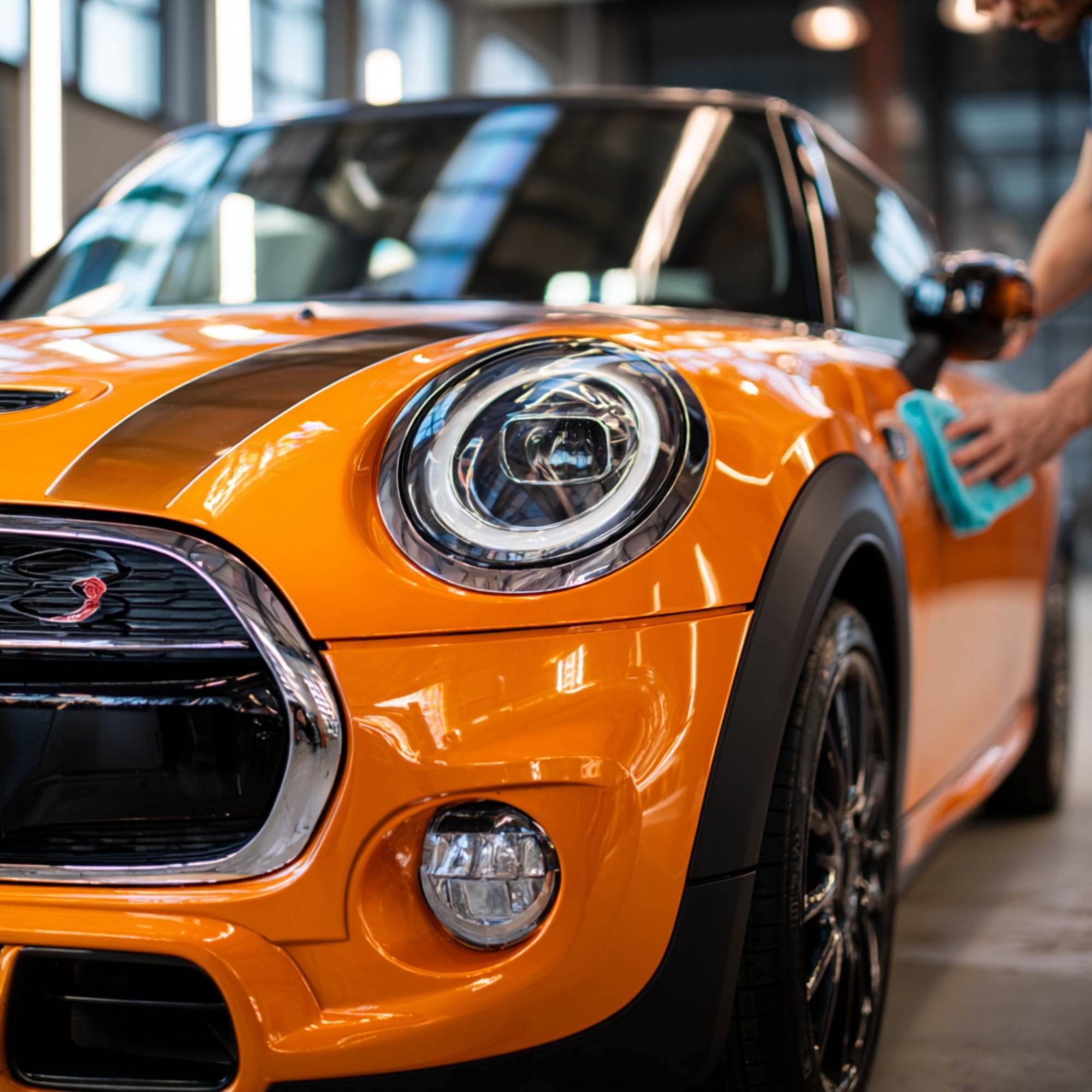
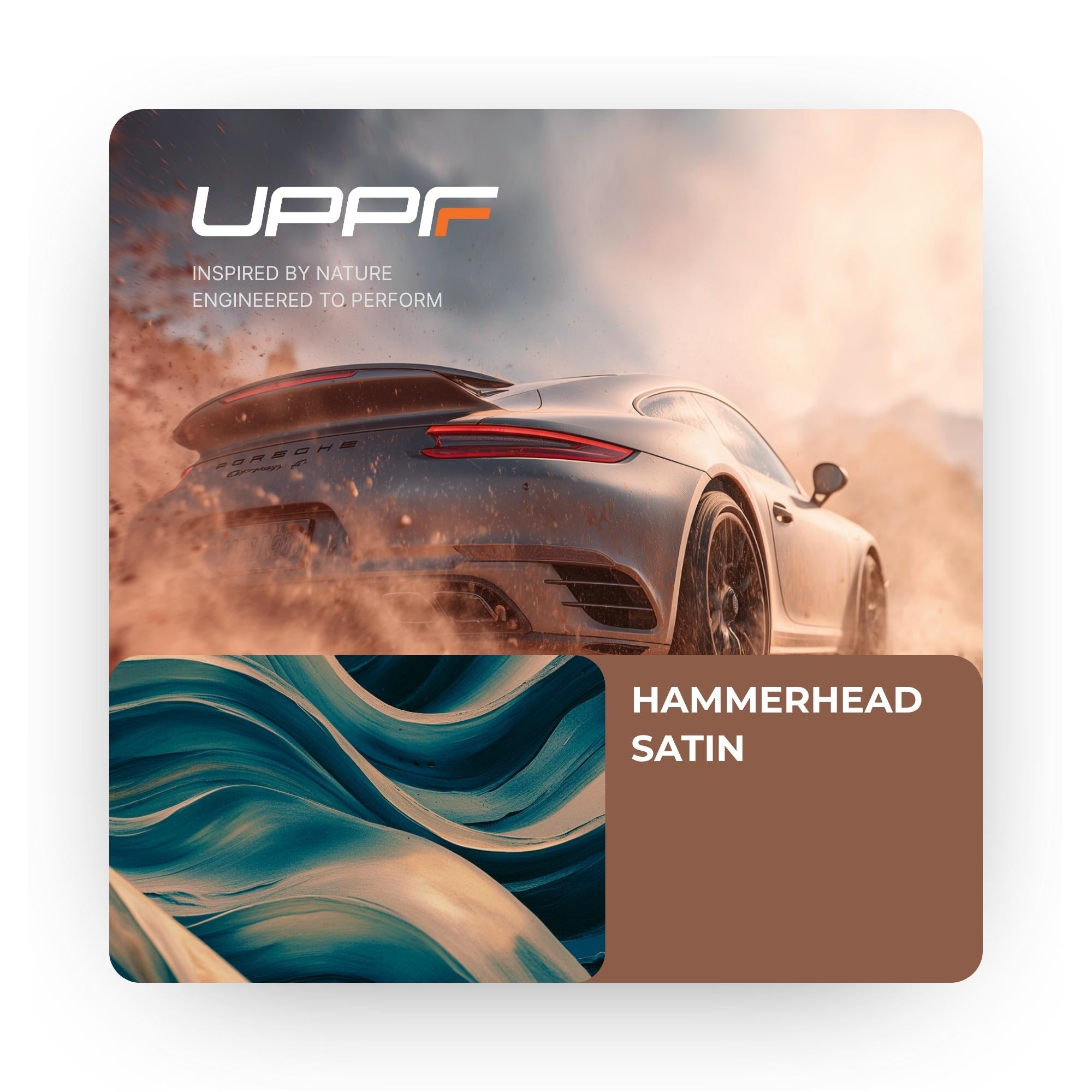
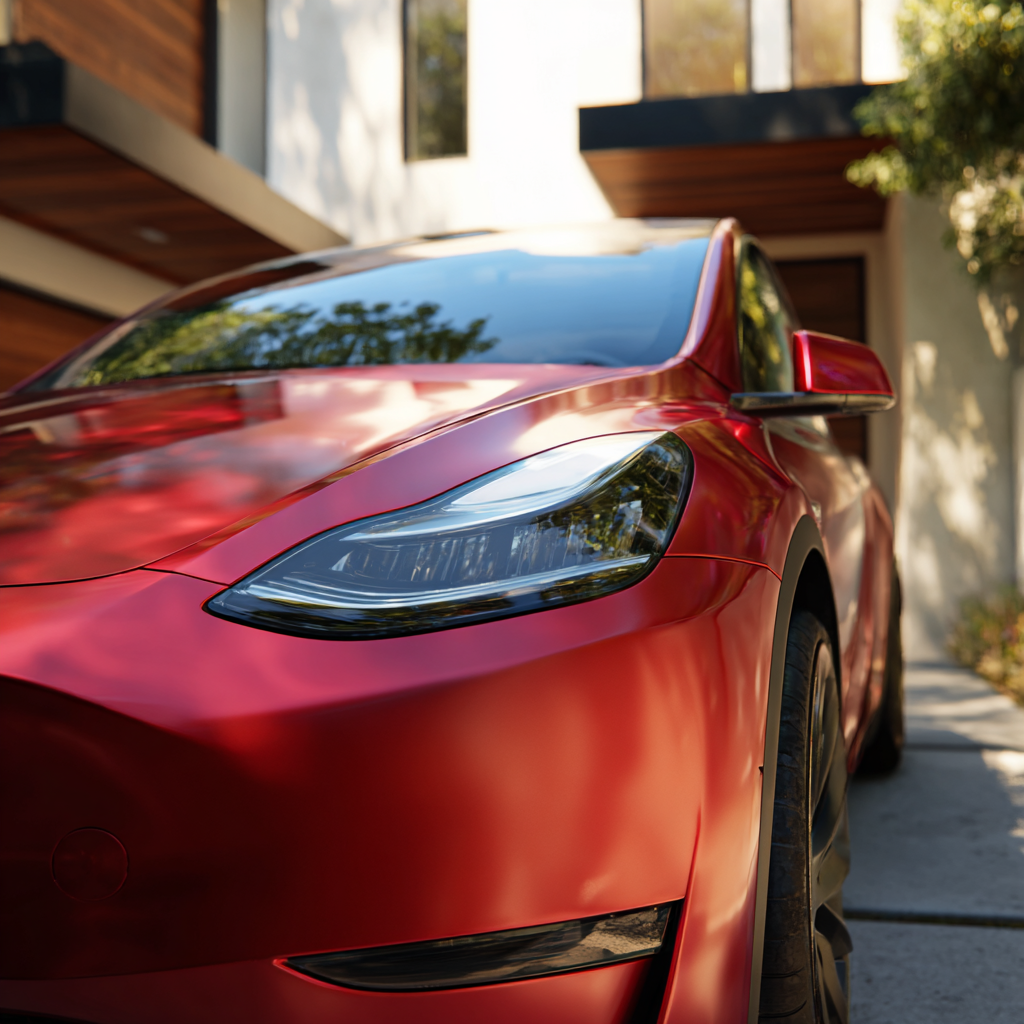

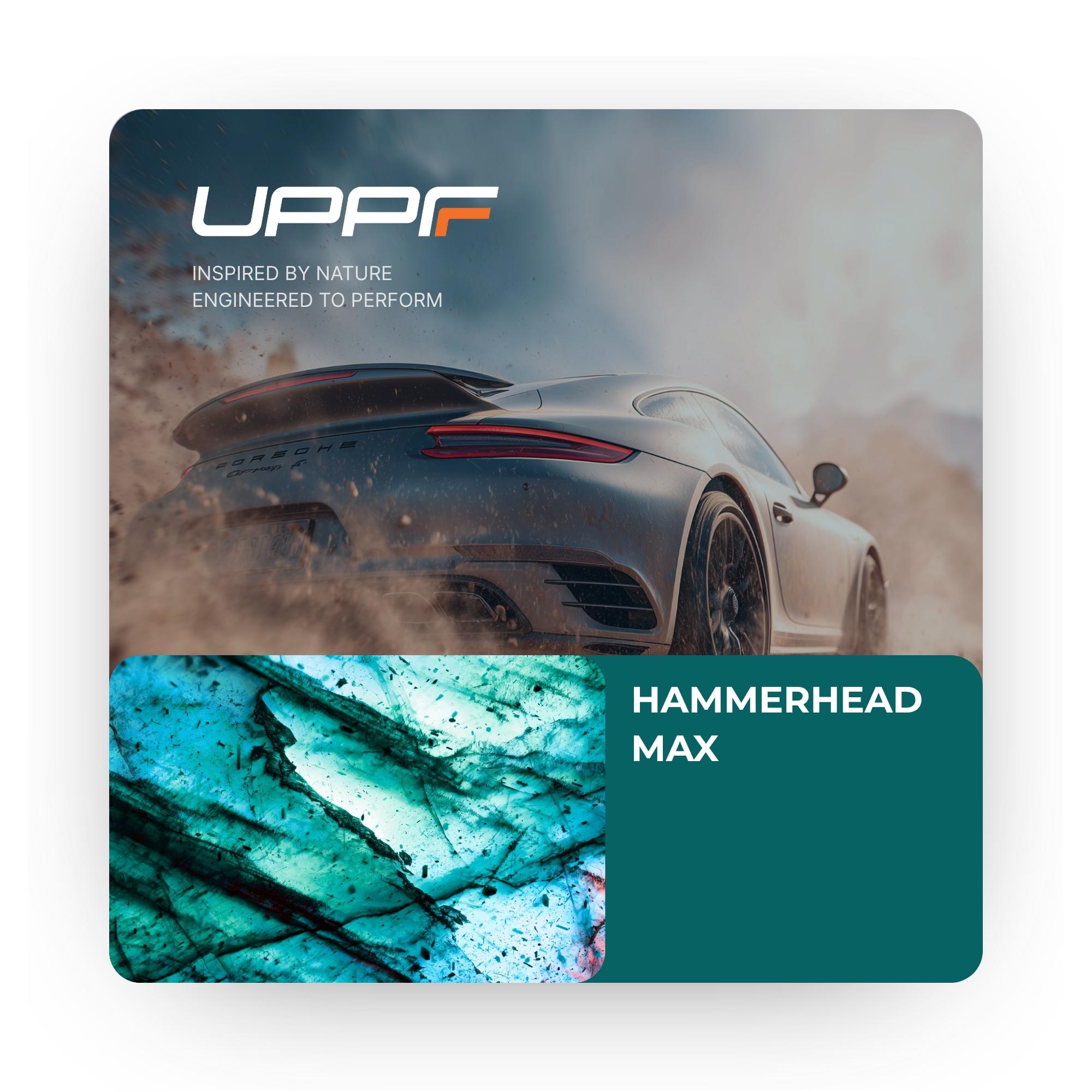
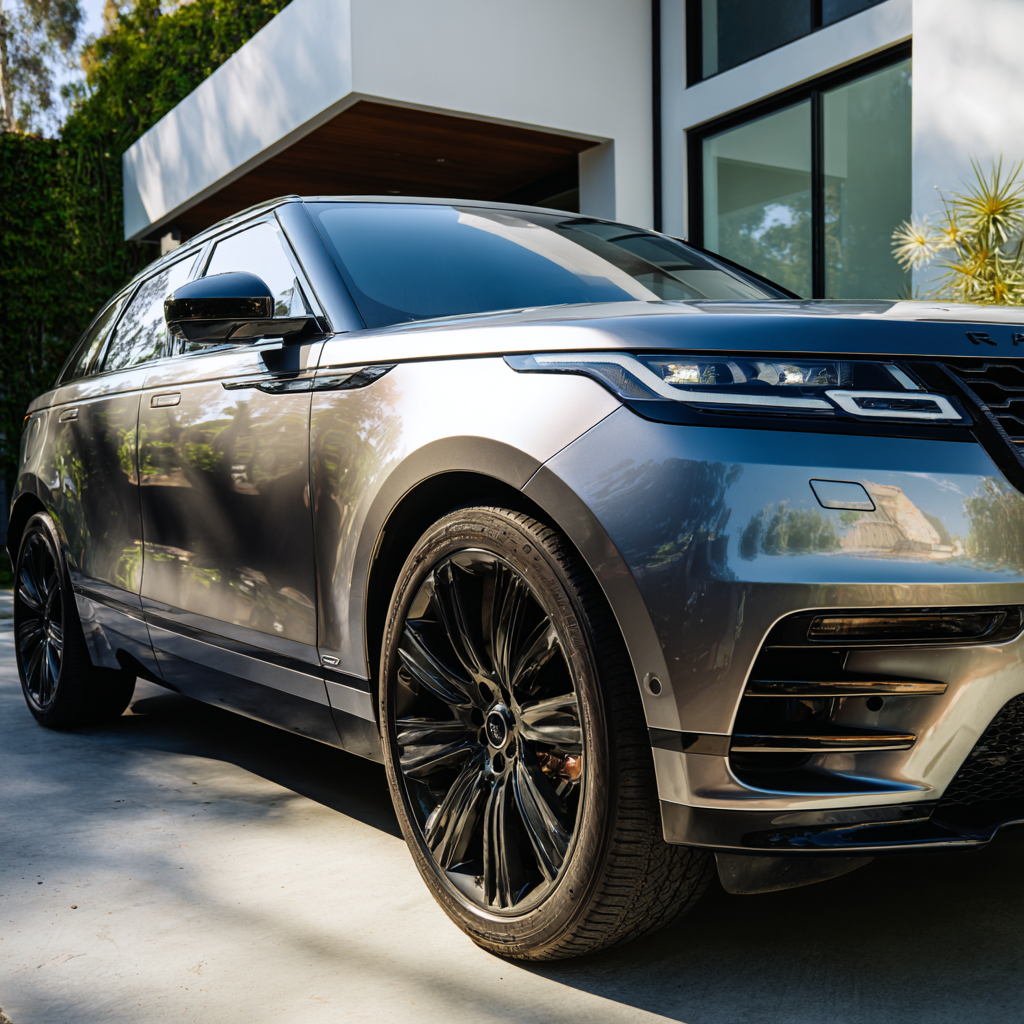

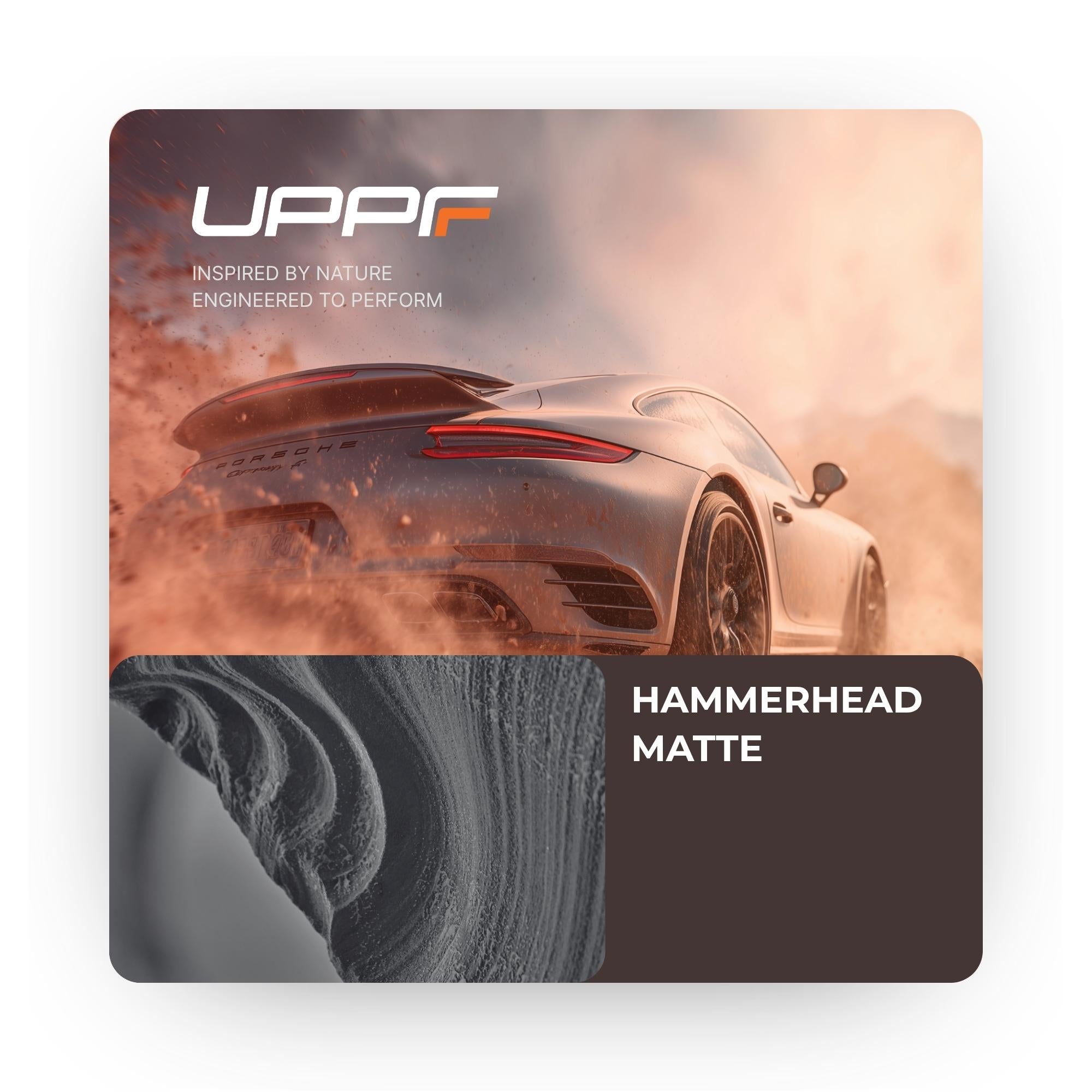

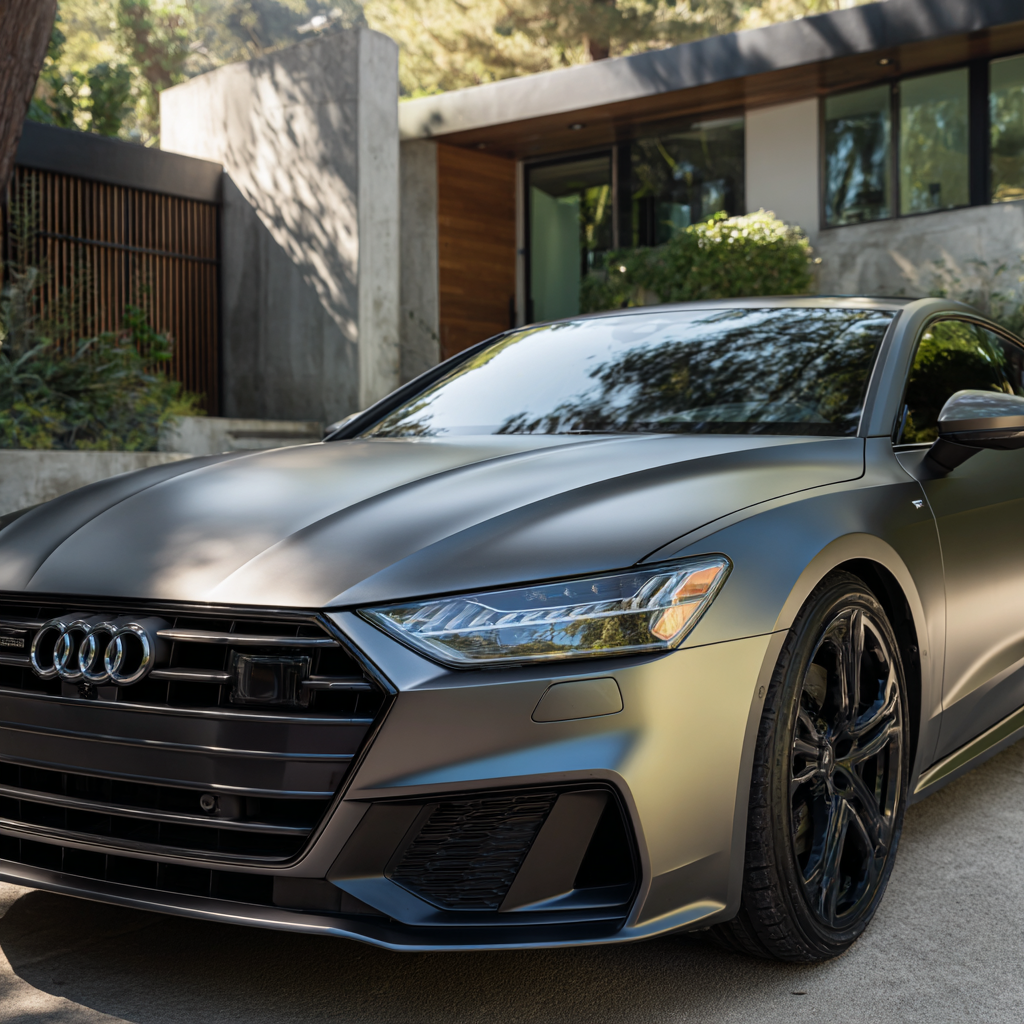
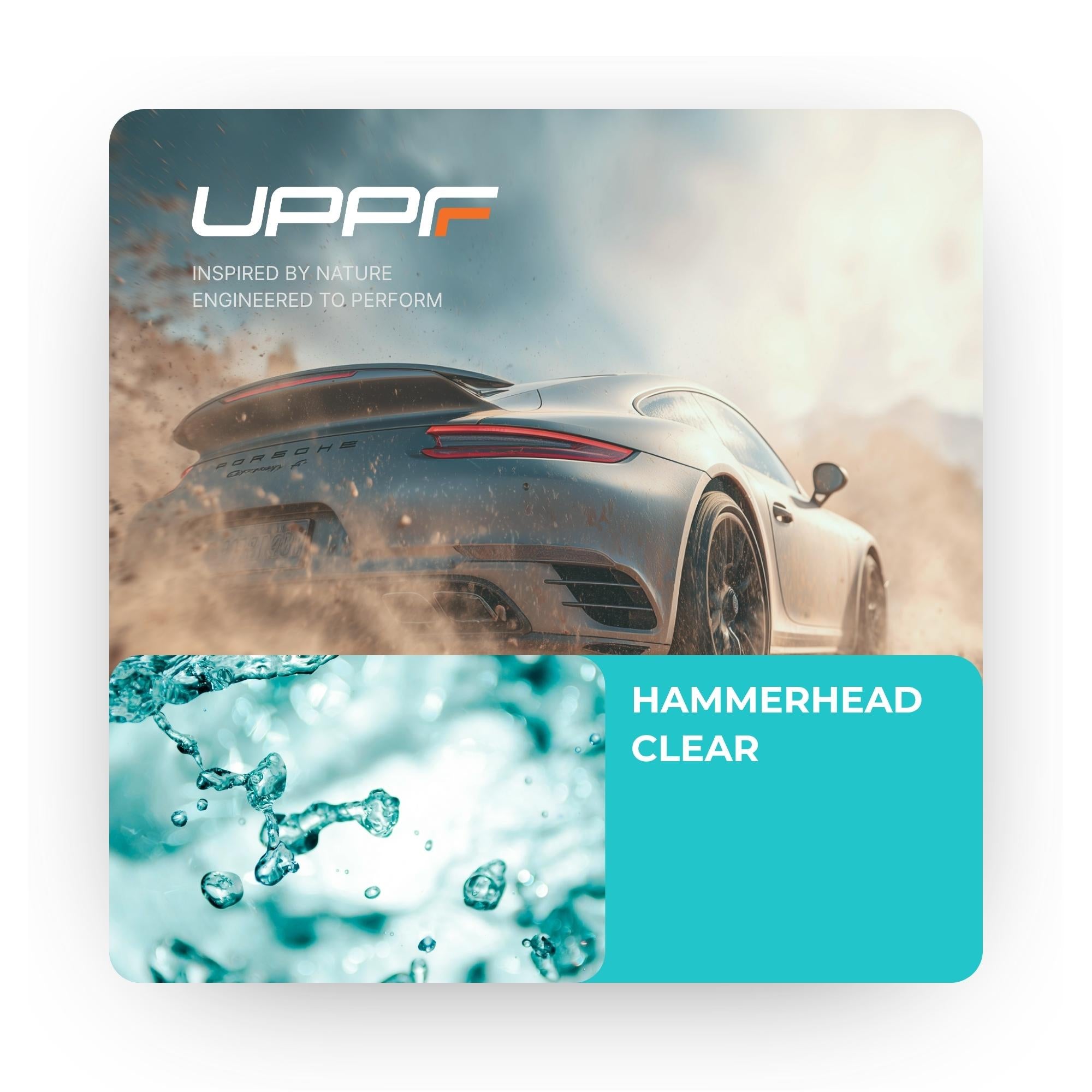


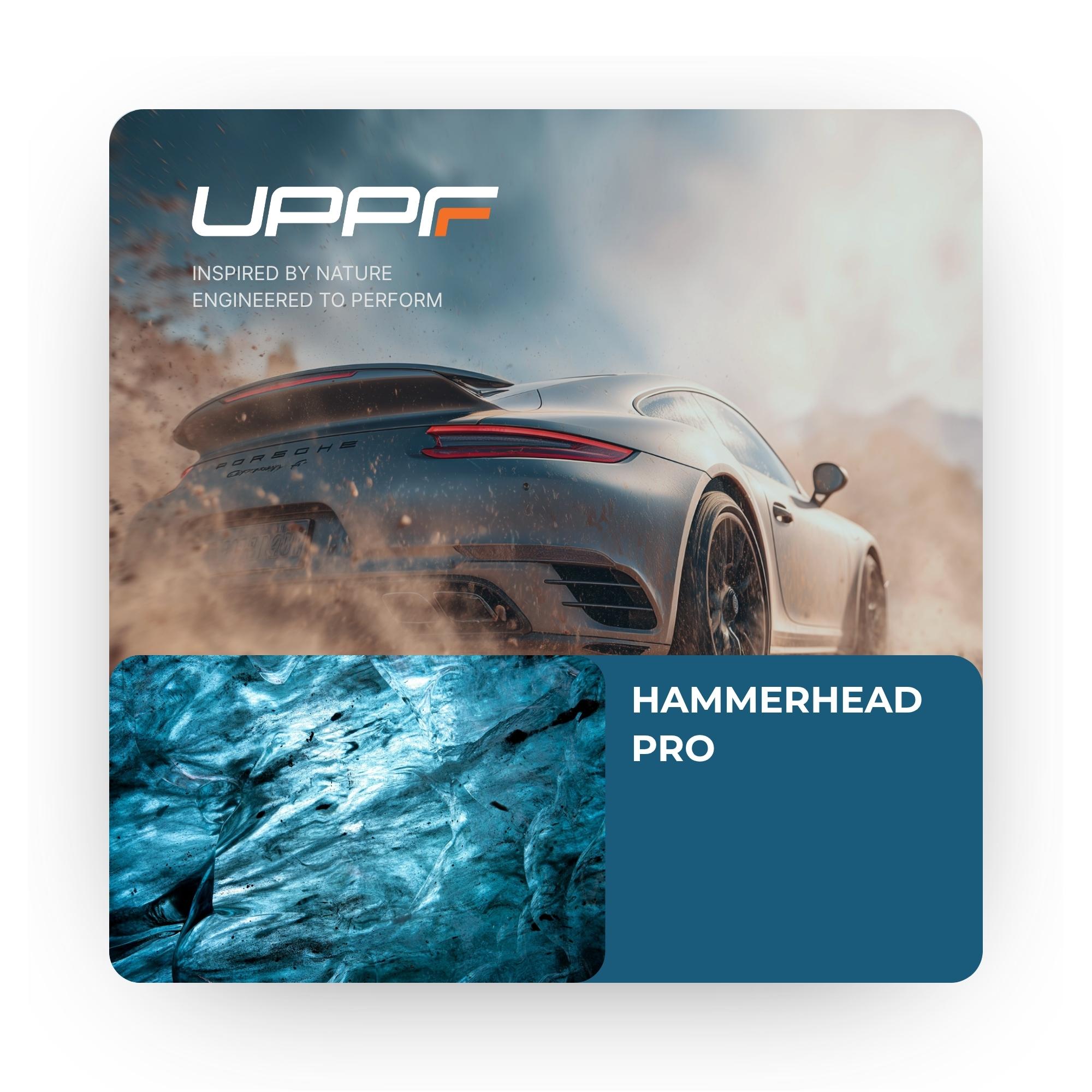



Share:
Belgium’s Rally van Haspengouw 2025 Recap
2025 Indianapolis 500